Q: Should I pee on the bike?
1 of 11
A: It depends. If you need to (and you're able to), feel free to go--it's completely normal. Some people have a tough time allowing themselves to do it, but when nature calls, you either have to go on the bike or stop at the next porta potty. Just make sure there's nobody close by. #splashzone
Find:
Your Next TriathlonQ: I'm afraid of the open water. How can I get more comfortable?
2 of 11
A: First you need to determine the root of your fear. Are you afraid of swimming with others? Are you afraid of drowning? Are you afraid of the unknown? Remember, it's okay to flip over on your back and float for a minute if you're feeling overwhelmed (or just grab a ref's kayak for a second). To take some of the stress out of a mass start, start near the back of the pack. Practice makes perfect, and the more you familiarize yourself with the open water pre-race, the easier race day will be.
Find:
Your Next TriathlonQ: Do I need an aero helmet?
3 of 11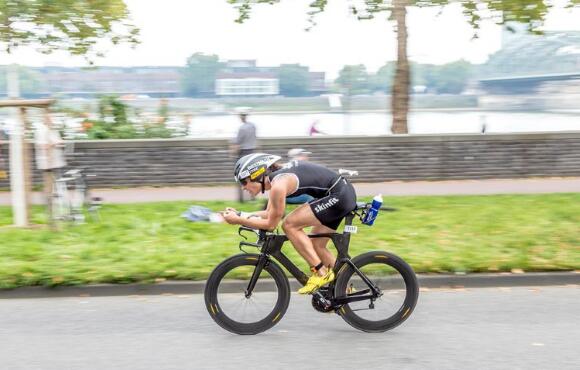
A: For sprint- and Olympic-distance triathlons, the answer is no. The bike leg is too short to justify spending hundreds of dollars to shave a few seconds off your time. For an IRONMAN or 70.3-distance race, an aero helmet can save you a few minutes over the course of the bike leg. If you're truly competitive or looking to break a PR, an aero helmet might be the difference maker. If not, and you're simply trying to finish, save your money.
Find:
Your Next TriathlonQ: Can I use my road bike?
4 of 11
A: Yes! It's actually a good idea to start your triathlon journey on your road bike. With so many things to worry about, it's important for new triathletes to use familiar gear when out on the course. If you've been training on an old steel frame road bike, feel free to race on it. As you move into longer distances, you'll eventually adopt some clip-on areo bars, and maybe a tri-specific bike for full-distance racing.
Find:
Your Next TriathlonQ: How can I race in Kona?
5 of 11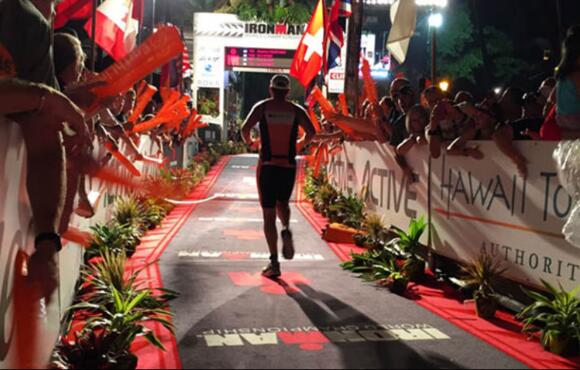
A: The IRONMAN World Championship, hosted in Kailua-Kona, Hawaii, is considered the Super Bowl of triathlon. It's mostly qualification-based, so you can secure a slot by being a top competitor in your age group at another IRONMAN. If speed isn't your forte, IRONMAN also offers limited promotional giveaways and a lottery.
Find:
Your Next TriathlonQ: What's the difference between a triathlon and a duathlon?
6 of 11
A: Triathlon is set up in a swim-bike-run format, whereas duathlon is a run-bike-run format. If you're afraid of open water, or aren't comfortable swimming with other athletes, a duathlon may be a good alternative for you.
Find:
Your Next TriathlonQ: Should I wear underwear under my triathlon suit?
7 of 11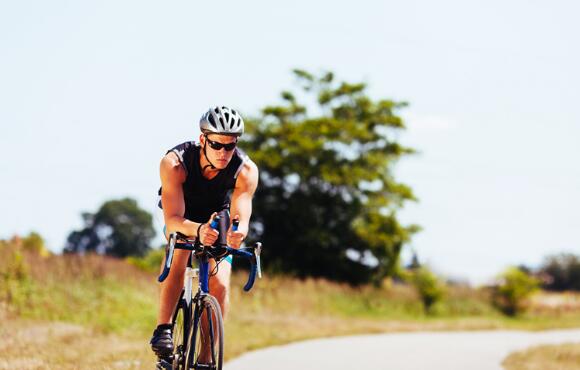
A: NO! Just like your cycling bib shorts, you have to go commando under your triathlon suit. We're not going to go into detail here, just trust us on this one. #ChafeCity
Find:
Your Next TriathlonQ: How can I find my bike easier in transition?
8 of 11
A: Spotting your bike as you run up the ramp in a waterlogged state is an art in and of itself. When you rack your bike, it's important to find a noticeable landmark--a light pole, a sponsor banner, the announcer stage, etc. If there's nothing that stands out, lay out a bright towel or a neon-colored helmet on your aerobars.
Find:
Your Next TriathlonQ: How can I make running off the bike easier?
9 of 11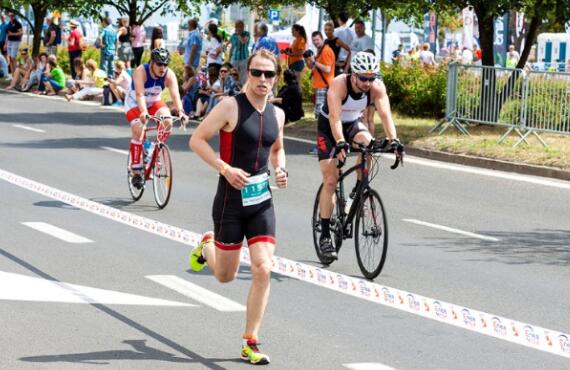
A: This is a question that has crossed every triathlete's mind at some point. Running off the bike can be an unpleasant 15 or so minutes until you find your legs. A simple answer: practice, practice, practice. After your long training ride, have your shoes ready in the garage for a mock transition. Also, a shorter stride with more turnover can help take some of the stress off your legs post-bike.
Find:
Your Next TriathlonQ: Am I allowed to draft on the bike leg?
10 of 11
A: Unless you've specifically registered for a draft-legal race, drafting out on the bike course is prohibited. If you're out on an IRONMAN bike course, you must keep 10 meters (about five bike lengths) between you and the athlete in front of you. You can draft for up to 20 seconds as you overtake an athlete for passing.
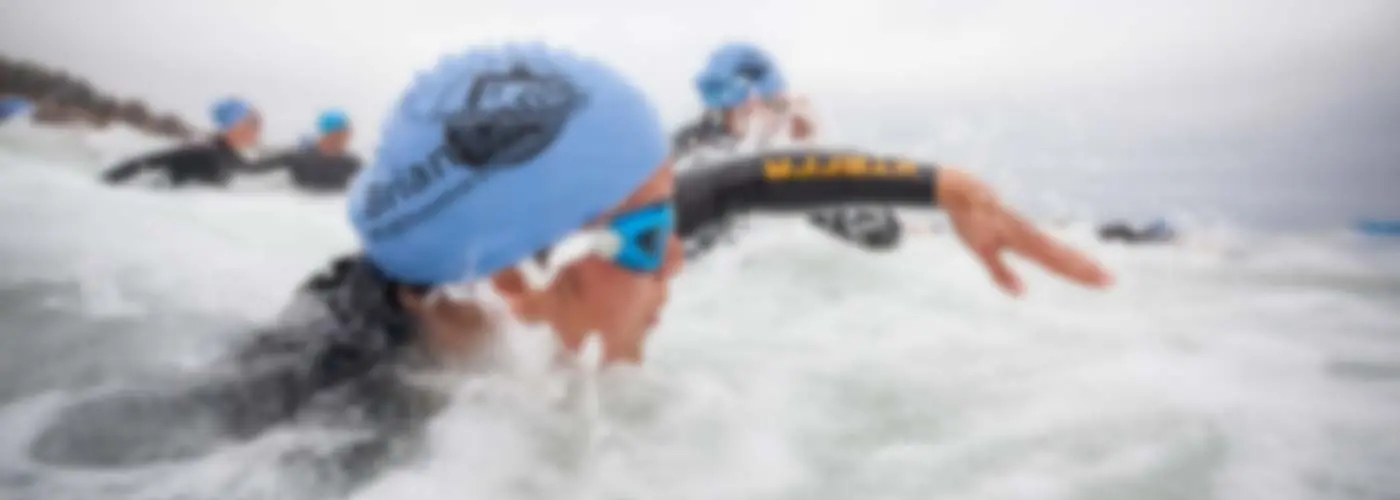






Discuss This Article